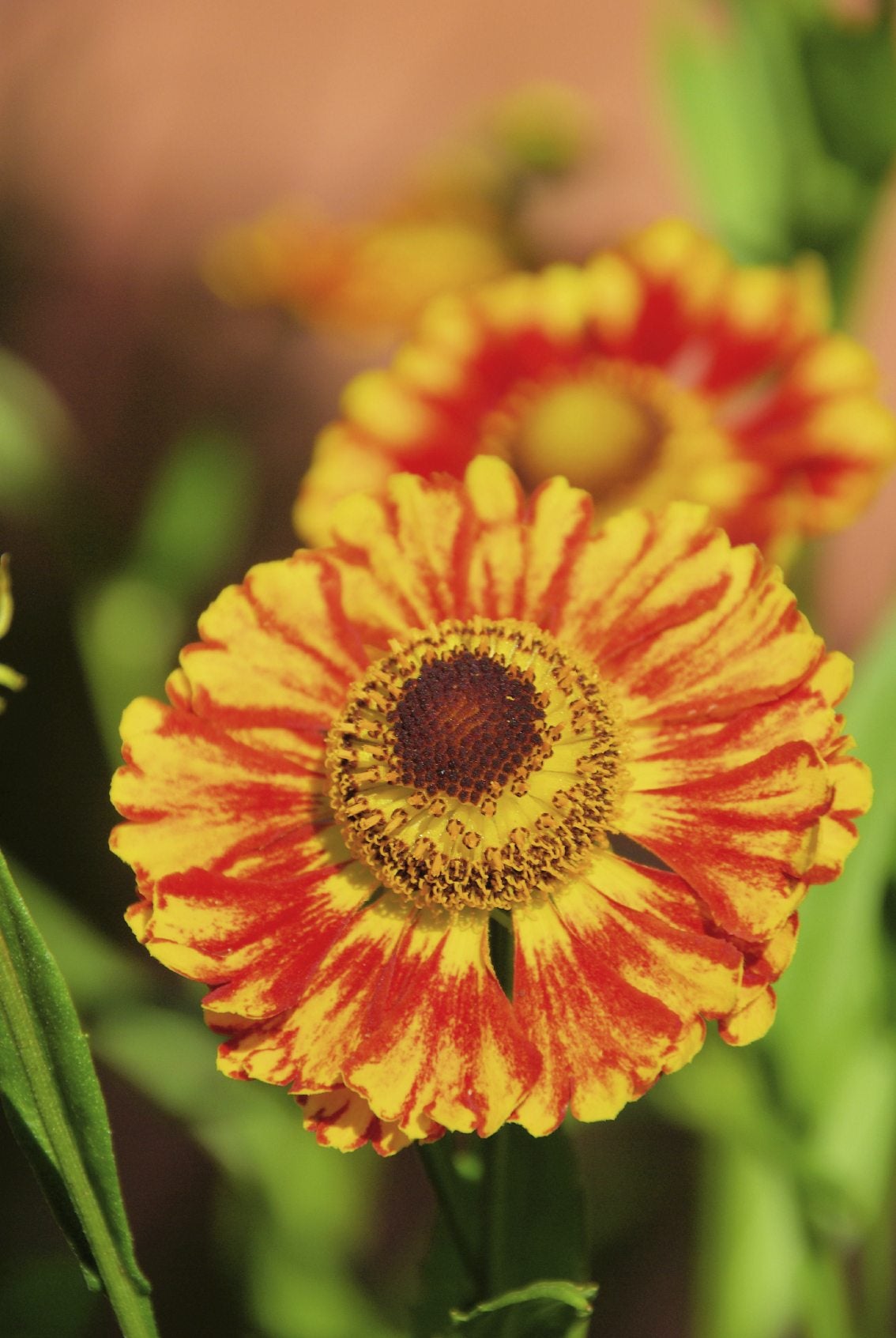Care Of Sneezeweed: Tips For Growing Sneezeweed Wildflowers


Many of our prettiest garden plants bear the stigma of having the word “weed” included in their name. Sneezeweed was hit with a double whammy by having the word "weed" combined with a reference to spring allergies and hayfever. Fortunately, sneezeweed is not a weed and a garden full of blooming sneezeweed won't make you sneeze. Let's learn more about sneezeweed uses in the garden.
What is Sneezeweed?
Sneezeweed plants (Helenium autumnale) produce pretty little daisy-like flowers, sometimes in shades of pale yellow and sometimes in rich, autumn shades such as gold and reddish brown. The flowers cover 3 to 5 foot (1-1.5 m.) tall mounds of foliage for about three months in the fall. Aside from the name, sneezeweed's reputation suffers from the fact that it blooms at the same time as some of our worst fall allergy plants. This makes it hard to determine the exact source of allergy problems. Airborne pollen is usually the cause, but sneezeweed's pollen rarely becomes airborne. The individual particles of pollen are so large and sticky that it takes a strong insect, such as a bee, to move it around. The name sneezeweed comes from the fact that Native Americans dried the plant's leaves to make snuff. Using the snuff caused hard sneezing, which was thought to drive evil spirits out of the head.
Sneezeweed Uses in Gardens
Use sneezeweed to extend the life of your garden well past the first fall frosts. The plants look best in a cottage garden setting. When growing sneezeweed plants in traditional borders, you'll have to prune and stake them to keep the plants well-behaved. Sneezeweed is ideal for prairies, meadows, and naturalized areas. Use them in the moist to wet soils along bodies of water. You may find sneezeweed wildflowers growing naturally around ponds and along drainage ditches. Clumps of sneezeweed make excellent additions to wildlife gardens where they help support insect populations. The Xerces Society for Invertebrate Conservation recommends planting sneezeweed to help support bees. The flowers are also known to attract butterflies.
Care of Sneezeweed Plants
Set out sneezeweed plants in spring when the soil begins to warm. They need rich, moist, or wet soil in a location with full sun. Unless the soil is poor, the plants won't need supplemental fertilizer. Compact plants are easier to grow than the 4 to 5 foot (1-1.5 m.) tall varieties. If you choose a taller type, cut it back to a height of about 8 inches (20 cm.) in early summer and again by about half right after the flowers bloom. You only need to shear the tops of compact varieties after they finish flowering. Although they won't flower as profusely, you can grow the taller varieties to their full height. Plants over 3 feet (1 m.) tall will probably need staking. Lift, divide, and replant the clumps every three to five years in spring or fall to maintain good health.
Sign up for the Gardening Know How newsletter today and receive a free copy of our e-book "How to Grow Delicious Tomatoes".

Jackie Carroll has written over 500 articles for Gardening Know How on a wide range of topics.